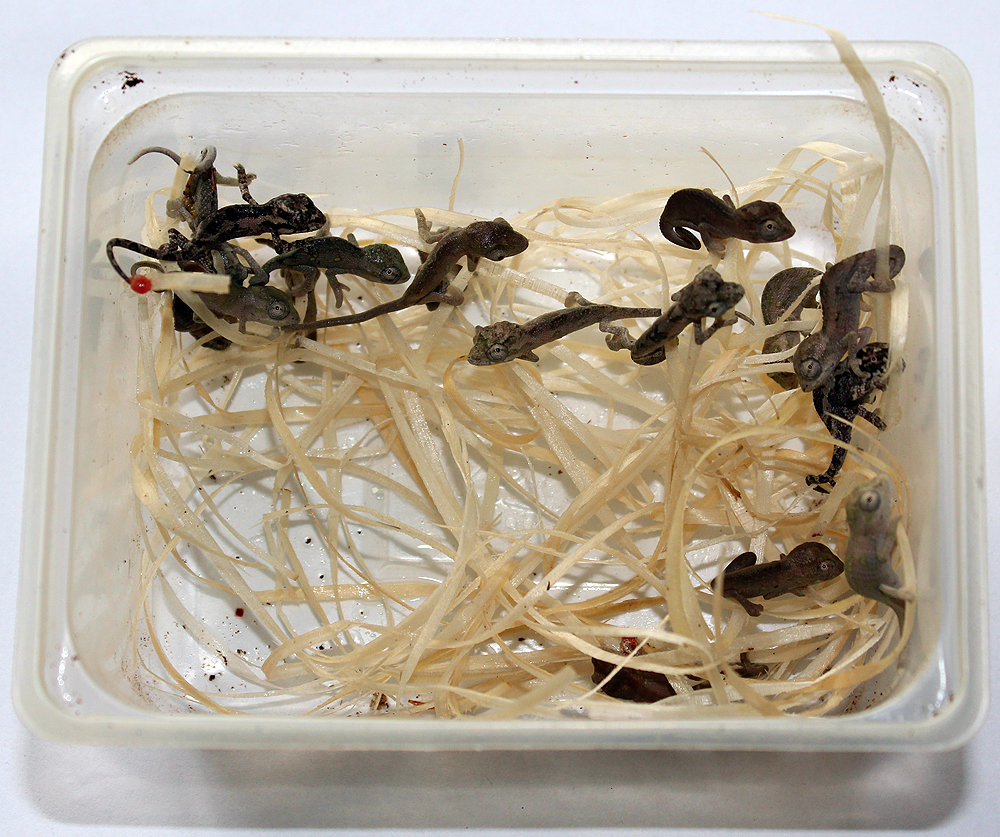Turningdoc
New Member
I hope. I don't think many (or any) in the US have had live born to relay much experience with raising Bradypodian newborn. With much hope, I would like to hear from Europe or those here(if there is anybody) any advice on getting them going just in case. It would be mind boggling if it happened and crushing if I failed.




